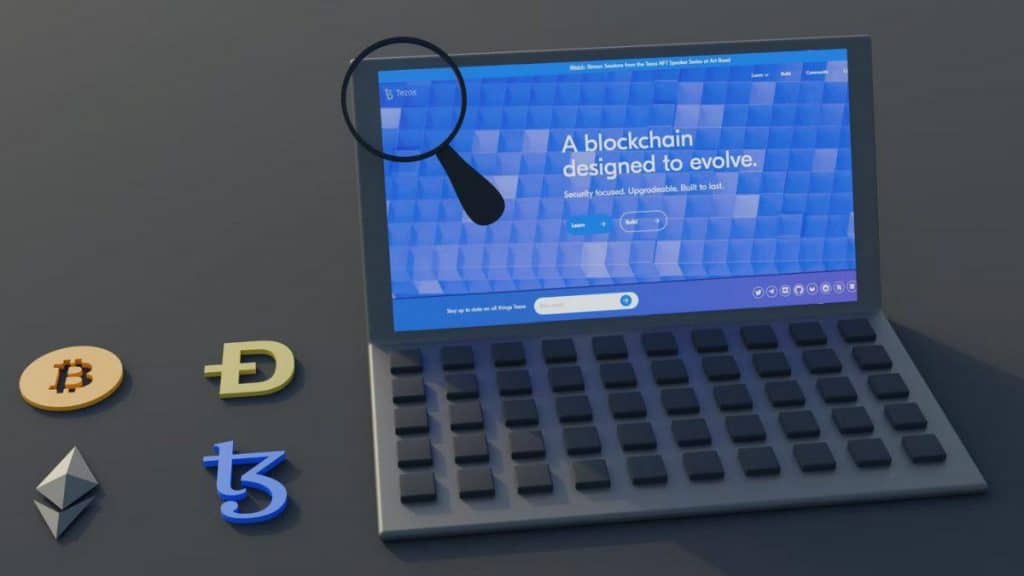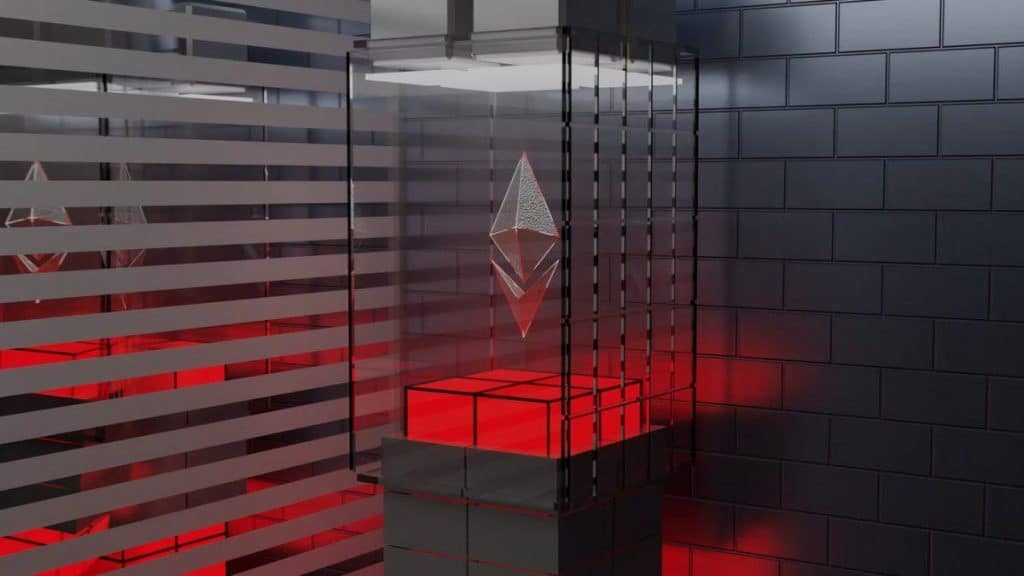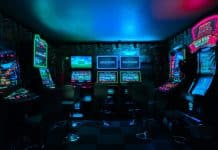A lot of you might have heard the term “Web3.” Some people believe that today’s digital technology phase is already the start of the transition from Web2 to Web3. This term is not that technical if you know how the crypto space works. In essence, cryptocurrencies, blockchain, Web3, and NFTs—are all connected and make an entire ecosystem of digital species. To understand what Web3 is, we’ve summarised everything you need to know in this blog. As you read the article, you’ll learn more about what you can do with it. Let’s start by defining what Web3 is first.
What is Web3?

Before Web3, people believed in Web1 and Web2. Web1 is the phase of the early world wide web. During this time, only a few content creators work on the internet. The majority of the audience was customers. There were no online advertisements too. Web2 is the internet we have today. Facebook, Instagram, Youtube, Google search, paid ads, and e-commerce is all part of Web2 or the centralised internet. More and more digital tools are coming in because of the continuous evolution of technology and the internet. People are getting more aware of the things around them physically and digitally, and consumers demand more from companies with a digital presence. If Web2 is the centralised internet, Web3 is the decentralised version. Cryptocurrencies, blockchain, NFTs, and crypto casinos are all part of the decentralised technology revolutionising the internet today. In Web3, the backend of the web is based on a decentralised technology called the “blockchain.” In this phase, there are no intermediaries. The concept of central banks approving transactions is removed. The authorities have no complete control over the whole system. Web3 being decentralised means there’s more democracy for anyone to build his projects or invest in the projects of others.
Decentralisation: What exactly is it?
Web3 is decentralised. And decentralisation has its meaning. In essence, decentralisation removes the control of one person or organisation over the system. It’s a concept where anyone can do transactions without waiting for approval from financial institutions. In a decentralised system, control is given to users. The community drives projects. There are no requirements for those who can qualify to develop applications or start their cryptocurrency project. Overall, there’s freedom in decentralisation compared to centralisation.
Technically speaking, Web3 decentralised is the use of computer networks across the globe. No single headquarters or room contains all the information in the system. They are scattered, which makes querying the blockchain challenging for all. And since data is scattered, you can’t always track transactions whenever you want. Again, this is unlike a centralised ecosystem where transaction records are kept in one place, and only authorised users can access those records.
What can you do with Web3?
Many professionals in the industry believe that Web3 is not here yet, and the early stage of it is still under development. Regardless of where we are right now, what’s clear is that there is a vast potential for Web3 to take over Web2.

Here’s a list of what you can do with Web3:
Explore the Metaverse
Who hasn’t heard of Metaverse these days? When Facebook announced the development of Meta, many companies and individuals started to join the Metaverse for many purposes. To those who don’t exactly know what Metaverse is. It’s like a universe of digital things. As you venture into Web3, you’ll learn more about what people in the Metaverse are doing. In fact, this isn’t the first time Metaverse has been introduced. Fashion shows, digital boutiques, and auctions—are all happening in the Metaverse already. You’re free to explore all of them while you learn and wait for Web3 to mature completely.
Join the growing NFT community
The NFT community keeps on growing every day. With new projects minting and launching daily, newbies in the space are given lots of investment options. To get a taste of what Web3 looks like, you can join NFT communities by buying NFTs from projects with a huge potential to bloom. You can check out OpenSea, Looksrare, or Magic Eden to check out NFTs. As early as now, note that the community drives the NFT space. The larger the community, the higher the project’s potential value. You don’t have to invest or buy NFTs to start joining. You can start by observing or joining Discord and Telegram groups to learn more about how NFT project work.
Apply to different Web3 job opportunities
If you’re looking for a great way to scale up your career, Web3 is a good alternative to looking for jobs. For example, if you are a web developer in Web2 and skilled in JavaScript or C++, you can be a blockchain developer in Web3. One good thing about having your career development in this space is that you have the freedom to try what you’re passionate about. Plus, some projects pay well and even share a percentage of the project’s profit with you.
Develop your own decentralised project
Web3 welcomes everyone who has talent and skills to share. So, if you’re here to create, you’re welcome. Most blockchain projects are open-source, meaning you can duplicate or copy their program to develop your app. You don’t have to start from scratch. You can easily learn to deliver your decentralised project as long as you know how coding works. Or, you can also stand out in the space as an artist by becoming an NFT artist. Sell your art and profit from it.
Conclusion
Web3 is a huge universe of things once it gets mature. It’s never going to be about cryptocurrencies only. Potential migration could happen in the finance and business sector now that decentralised finance is here and big brands are establishing their presence in the Metaverse. It’s only a matter of time before everything falls into place. And, as early as now, it’s important to get to know Web3 and all its possible innovations. Explore, learn, and of course, build!














